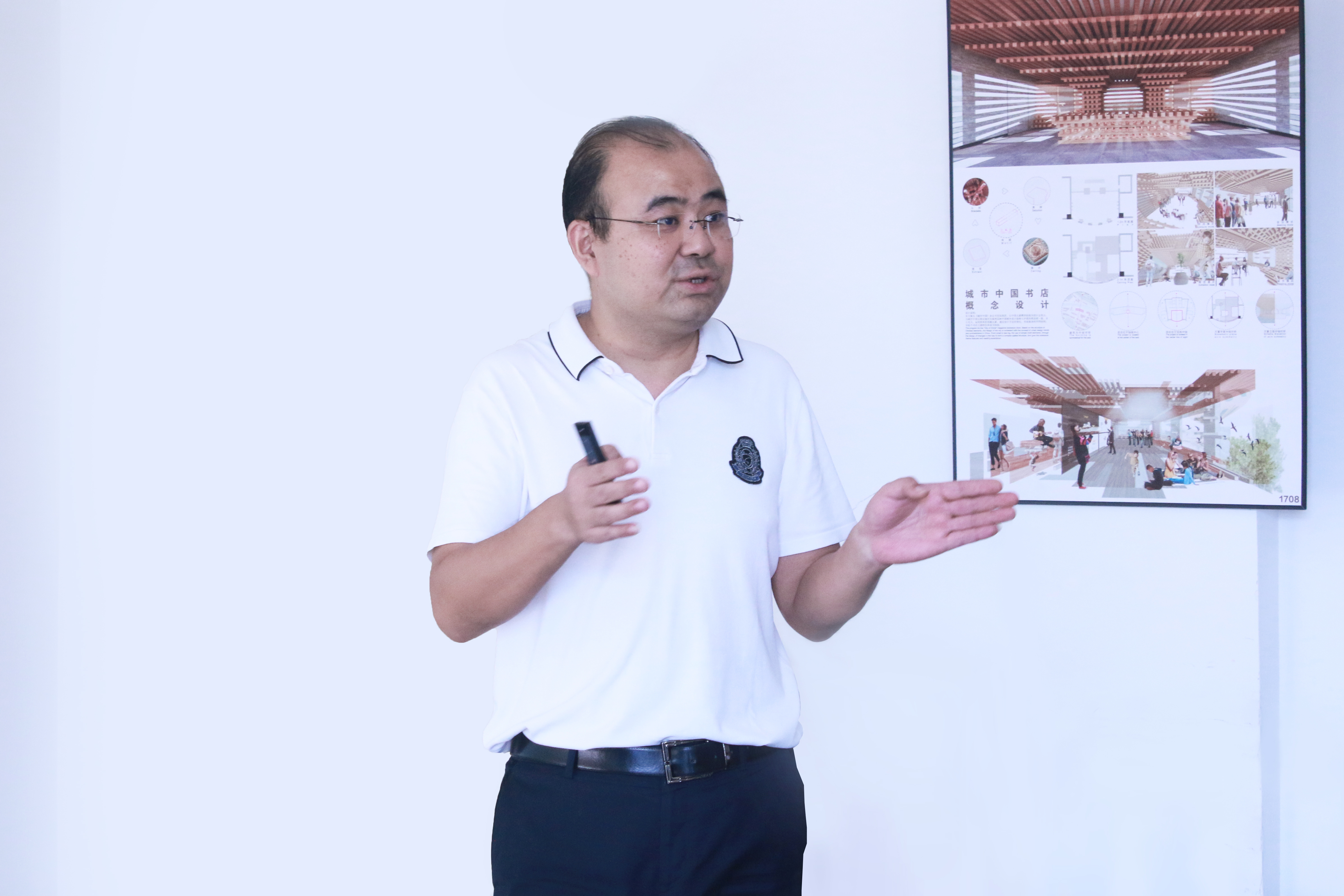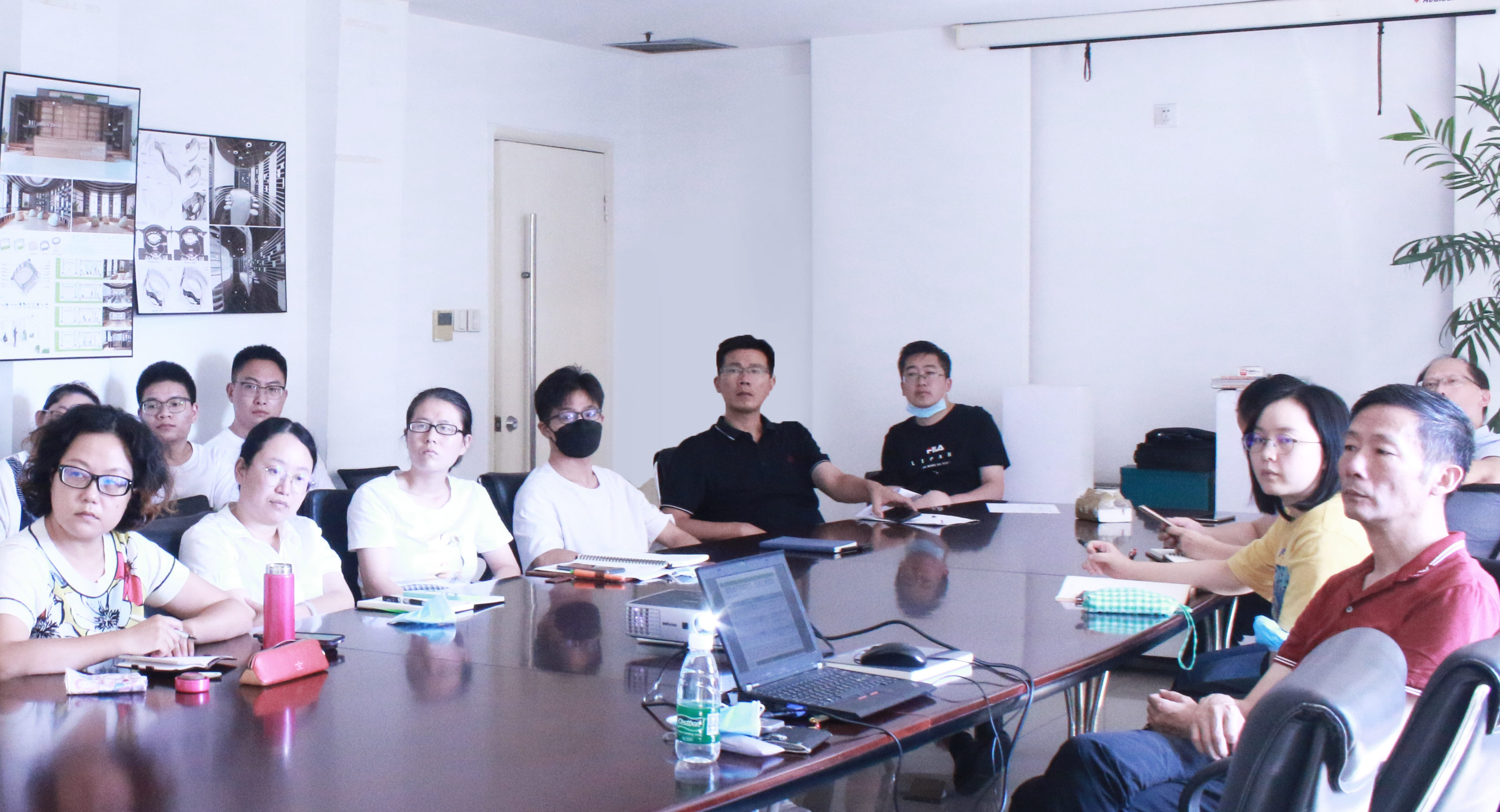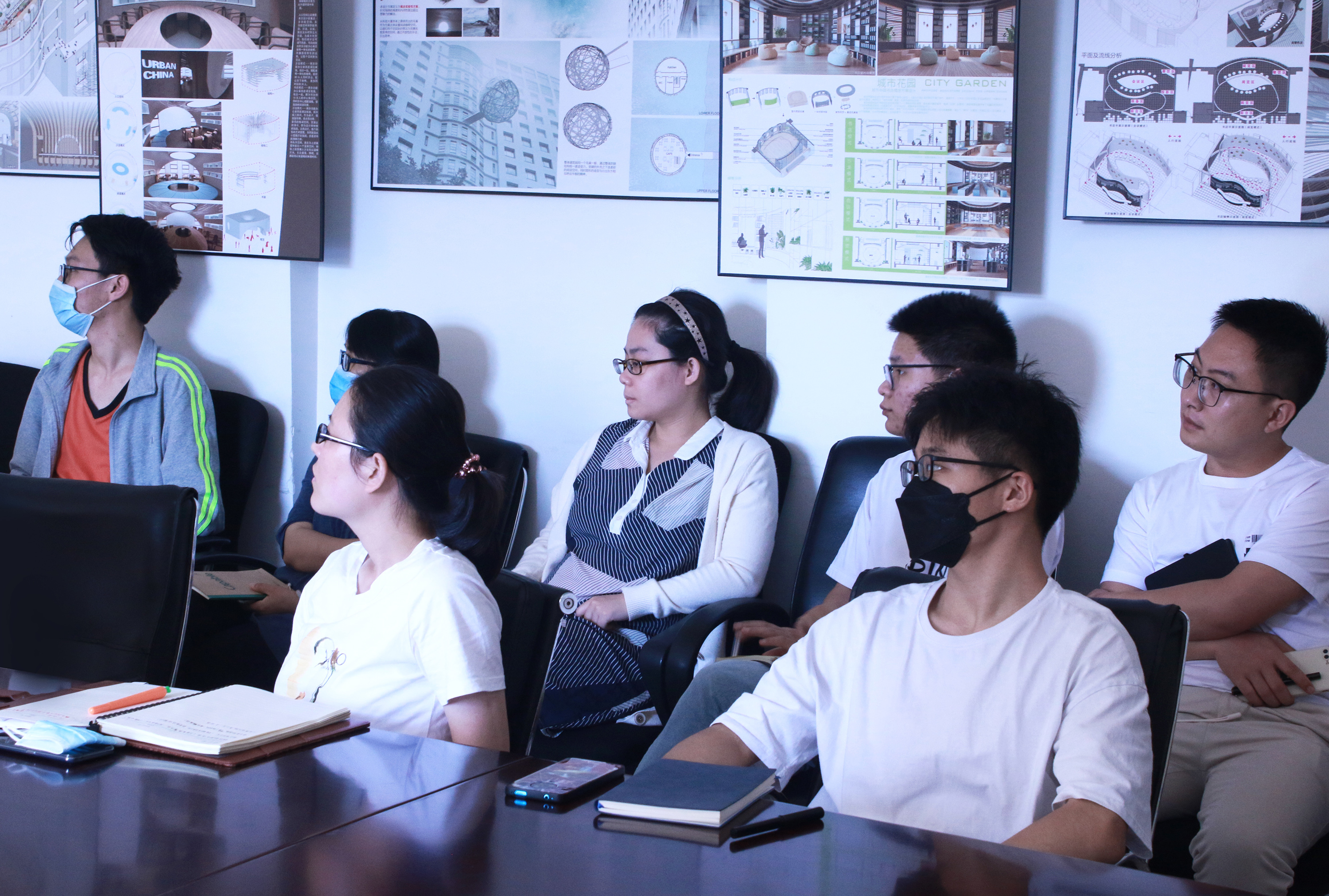2021/09/26 Author: HDD
On the afternoon of September 23, Chief Engineer Jiang Yi was invited by the Office of Chief Engineer of HDD to hold a seminar on the theme of "Flood Control and Waterlogging Prevention Design for Underground Space of Buildings" in HDD Lecture Hall. The activity aimed to help the professional designers of the company to build a systematic understanding of flood control and waterlogging prevention design for underground space, and master the relevant design methods and key technologies.

Knowledge and Experience Sharing of Chief Engineer Jiang Yi
Starting with the purpose and significance of flood control and waterlogging prevention design of underground space, the seminar introduced in detail the characteristics of drainage design of underground space and the causes and hazards of flood and waterlogging disasters in underground space. Chief Engineer Jiang Yi, through his years of technical accumulation and project experience, analyzed the relationship between flood control and waterlogging prevention and underground space in a simple way. In addition, he established the concept of "waterlogging prevention" in the project design, fostering the principle of giving priority to prevention while supplemented by drainage.

Scene of Activity
In addition, Chief Engineer Jiang Yi pointed out the necessity of understanding relevant design standards and specifications. Besides, in combination with case presentation, he mainly expounded many unreasonable designs of underground space and provided solutions and measures in view of specific problems, as well as put forward the importance of constructing sponge city to solve urban waterlogging and comprehensive management of water resources.

Scene of Activity
Through the seminar, Jiang Yi was hoping that young designers would pay more attention to flood control and waterlogging prevention in the underground space of buildings, broaden their professional knowledge and vision, and enhance the collaboration between different disciplines, and actively fulfill the strategic objective of "peak emissions before 2030 and carbon neutrality by 2060".